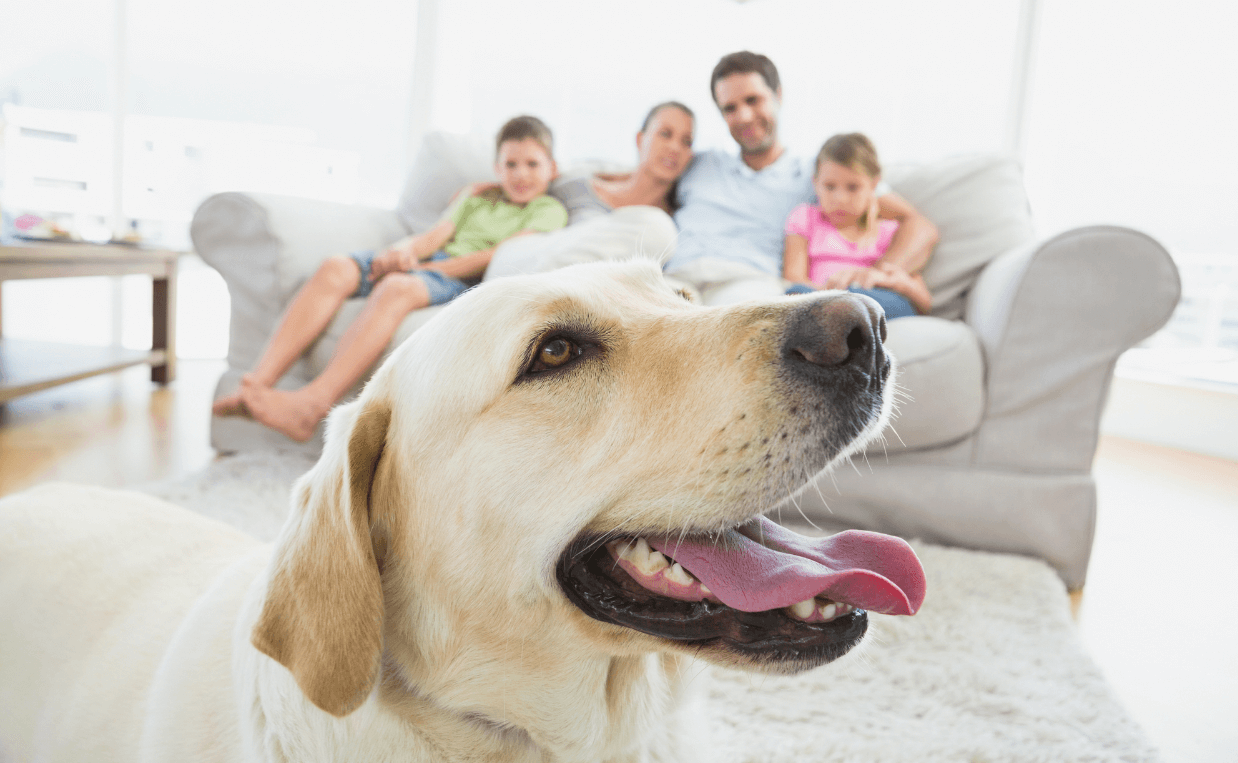
Dogs play an integral role in the lives of many humans today; it’s hard to imagine a time before they were man’s best friend. While we’ll never truly know the nitty-gritty details of how dogs became domesticated, scientists are exploring the origins of the domestic relationship between people and dogs, and how both species worked together to change canines from wolves to dogs.
When and Where Were Dogs Domesticated?
The domestication of dogs was one of the most extraordinary events in history. Chihuahuas and chow breeds look completely different from wolves, or each other for that matter. However, all dog breeds living today are descended from wolves. Gray wolves and dogs diverged from an extinct wolf species as long as 40,000 years ago. There’s general scientific consensus on that point. However, there are controversies about what happened next.
Some scientists claim wolves were domesticated around 10,000 years ago, while others say 30,000. Some believe the evidence shows it happened in Europe, while others say it was near Siberia, Mongolia, the Middle East or East Asia. Ancient dog fossils from the Neolithic period show ancient dogs were very similar to modern European dogs, including the majority of breeds people keep as pets today.
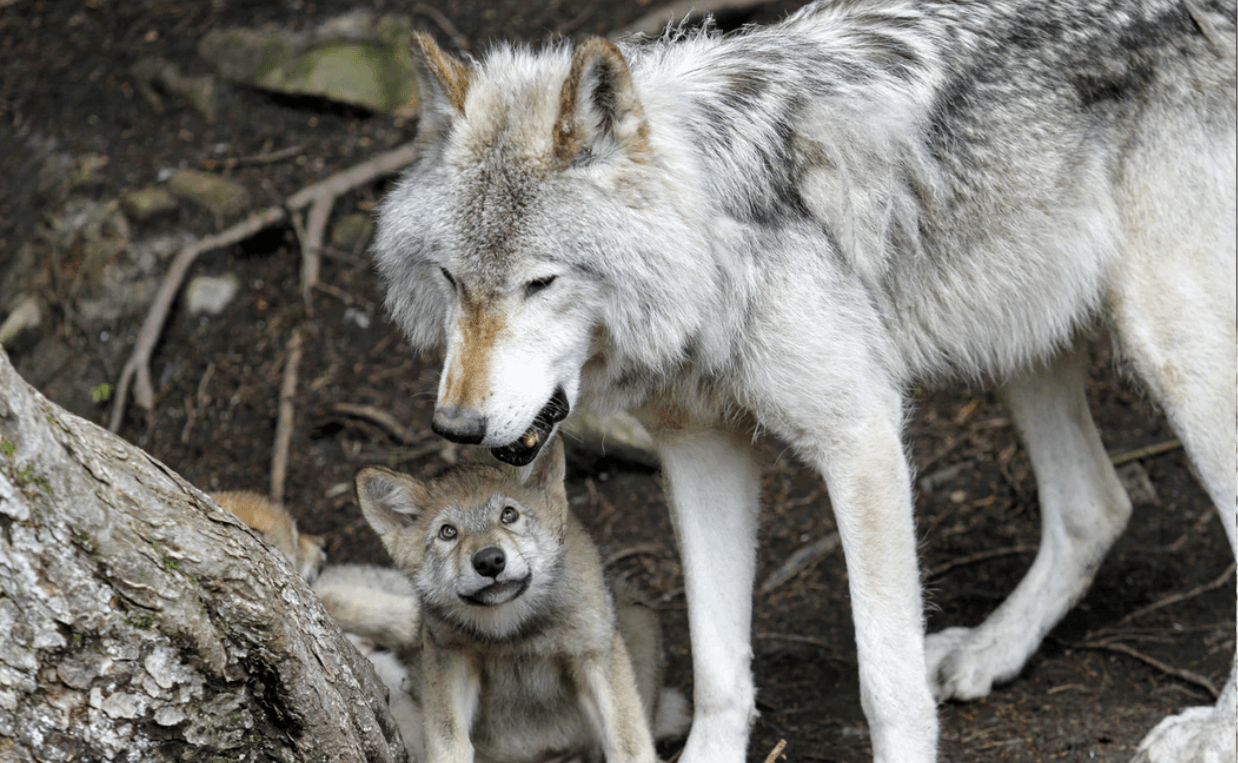
However, there are studies that suggest dogs were domesticated more than once. Ancient DNA evidence found suggests there were at least two different time periods in which dogs were domesticated. The many interbreeding of dogs and wolves also muddy the genetic waters, so to speak. Interbreeding between dogs and wolves still happens in the present day.
How Did Dogs Become Domesticated?
Perhaps even more interesting than where dogs were domesticated, is how. Was it really the result of a kind-hearted human adopting orphaned wolf pups or an injured wolf?
Most scientists don’t think this idea is plausible, mostly because wolves were a competitor for food. It’s much more likely wolves figured out they could get scraps and bones on the outskirts of humans’ camps and began living near human encampments. Eventually, the two species figured out they could help each other out by hunting and protecting each other.
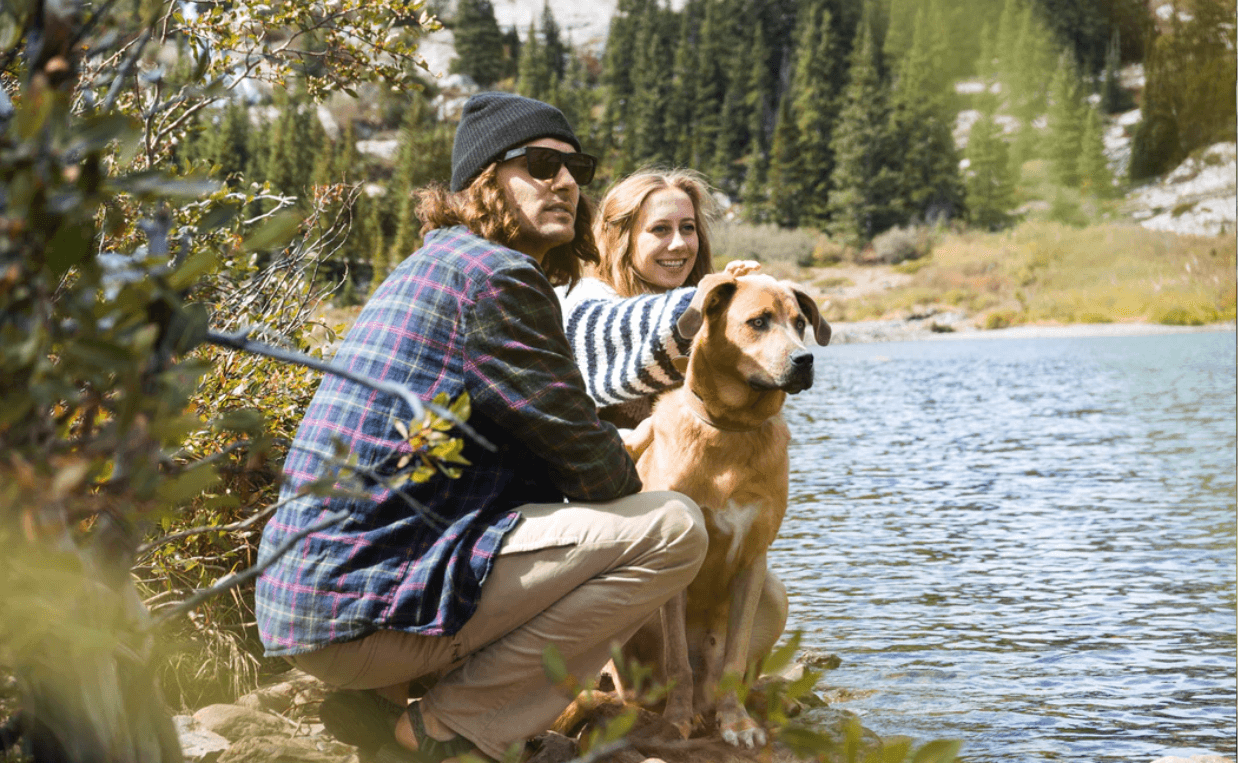
Evidence for this theory comes from an experiment conducted in Russia. The experiment used foxes who were wild but also willing to get close to humans. The researchers found the foxes who were naturally good at picking up human facial cues were the ones who were able to be tamed.
Scientists believe the wolves who were adept at reading human cues were the ones who most likely were willing to get closer to humans. Over time, a symbiotic trust relationship developed. From there, the psychological and physical characteristics of dogs changed so that they became a new species.
How Have Dogs Changed Since First Being Tamed?
Although we don’t know for sure how dogs and humans first became connected, it’s become increasingly clear each species has changed during the time we’ve lived in close proximity together. It is clear domesticated dogs do not behave the same as wild dogs. One main difference is in how they work as a pack. Wild dogs are very pack-oriented and interact similar to wild wolves. Domesticated dogs, on the other hand, are more oriented towards cooperating with humans and aim to please them.
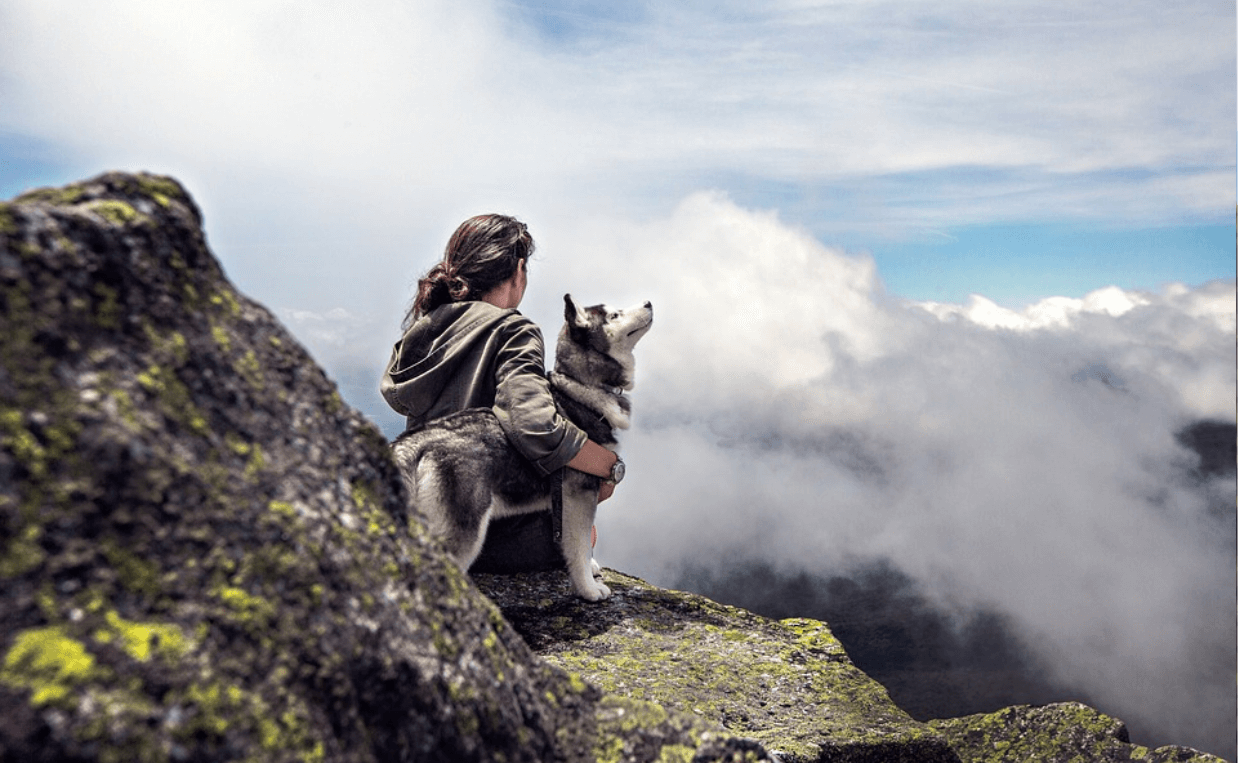
For example, when presented with an impossible problem, wolves and wild dogs will try many different trial and error tactics to try to solve the problem. But domesticated dogs will do something different – they will look to their trusted human companions for help. Dogs have learned they can rely on humans to help them and vice versa.
The Human / Canine Bond
The relationship between dogs and humans is very close. When dogs and humans gaze into each other’s eyes each one will secrete oxytocin, the same hormone linked to maternal / infant bonding. The human / canine bond is the only time this has been observed between two species.
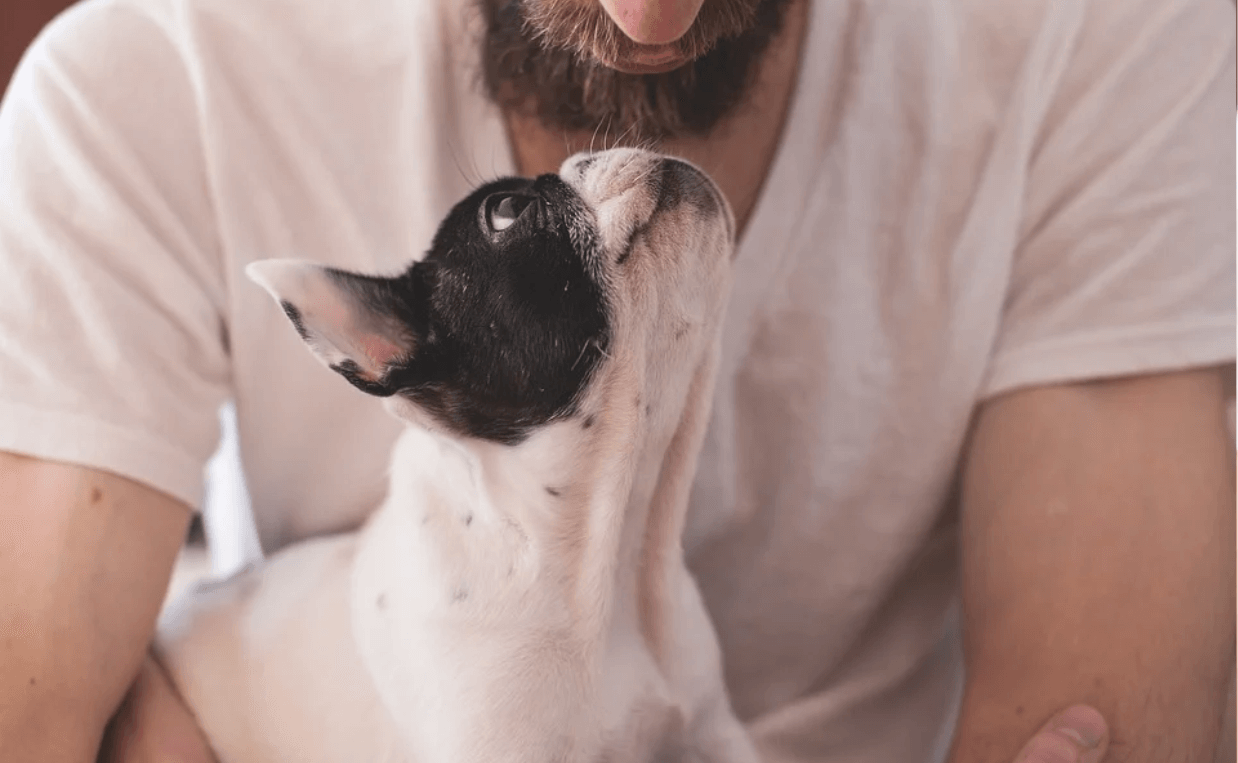
What this means is the human / canine bond is very special. Because of this bond, scientists are able to learn more about human cognition. Human and canine cognition appears to have shaped each other for a close cooperative relationship.
We may never know the exact story of how dogs and humans learned to cooperate, but dogs have undoubtedly helped humans over the centuries since they became domesticated.
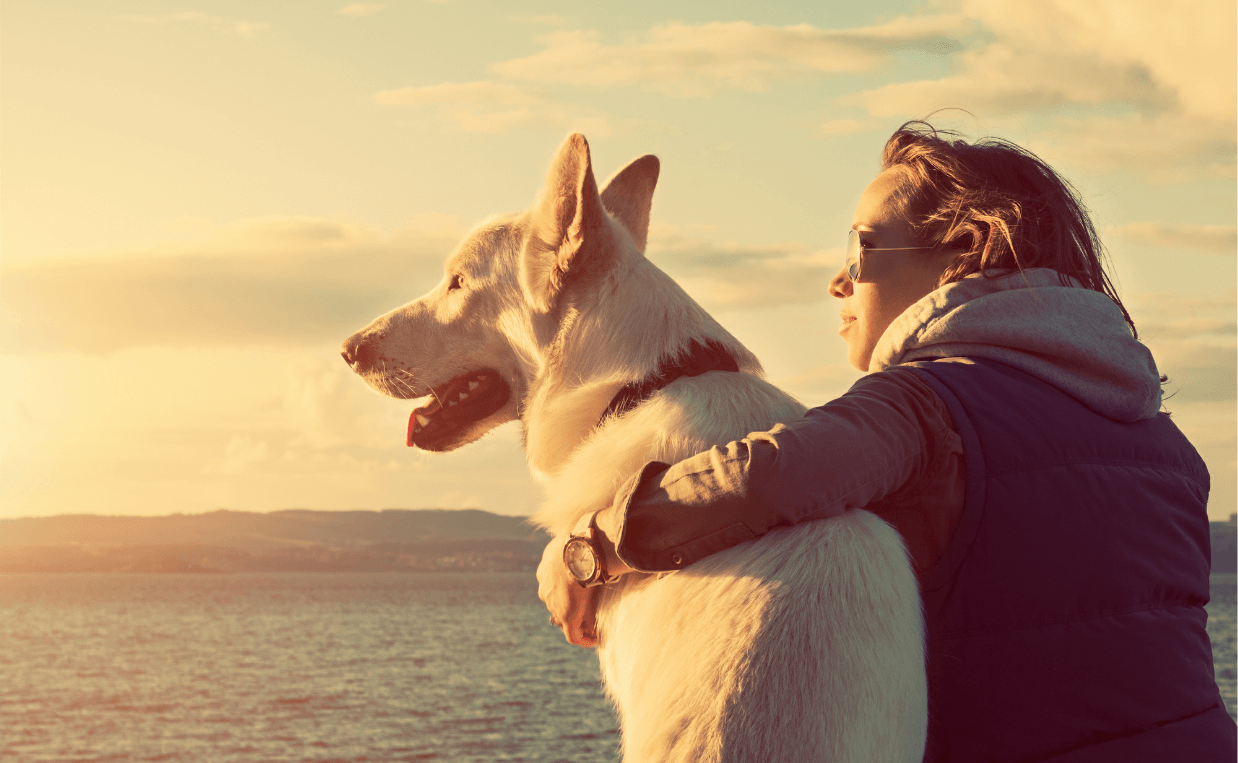
Read more:
- 8 Outstanding Health Benefits of Dog Ownership
- Why Kids Who Have Dogs are Happier
- What You Should Know About Emotional Support Dogs
Source:
Wang, Guo-Dong, et al. “Out of Southern East Asia: the Natural History of Domestic Dogs across the World.” Nature News, Nature Publishing Group, 15 Dec. 2015, www.nature.com/articles/cr2015147.

 15 Common Mistakes Dog Owners Make (and May Regret Later)
15 Common Mistakes Dog Owners Make (and May Regret Later) International Assistance Dog Week: How To Interact With A Service Dog
International Assistance Dog Week: How To Interact With A Service Dog 8 Outstanding Health Benefits of Dog Ownership
8 Outstanding Health Benefits of Dog Ownership 9 Unique Ways to Remember Your Beloved Dog
9 Unique Ways to Remember Your Beloved Dog 24 Fun Ways to Spoil Your Dog
24 Fun Ways to Spoil Your Dog






Leave a Reply